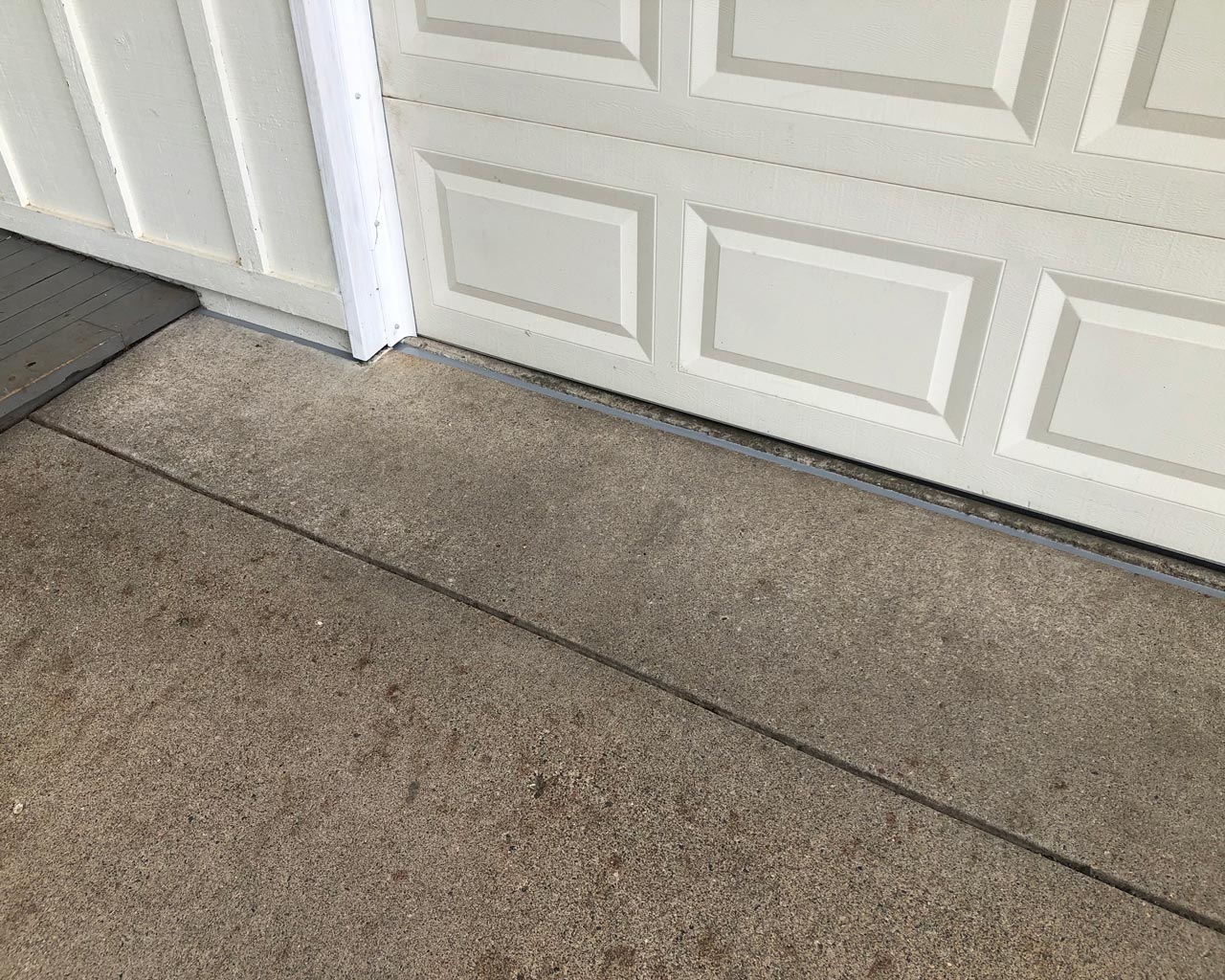Seam Sealing
Prevent water and rodent intrusion by sealing your joints!
Prevent sub-slab erosion and settling by sealing expansion joints. The application of sealing these joints prevents the entrance of water and pests yet allows relative movement at the joint.

An ounce of prevention is a pound of cure!
Upon completion of the concrete raising process, expansion joints need to be sealed. Foam-Tek offers this as an add-on service to any concrete raising service.
The process is simple. The open joint is prepared to create a surface ~1/2” below the surface of the concrete and self-leveling sealant is placed on top of it. Cure-time is dependent on the product used but typically cured within 24 hours.
Unsealed expansion joints lead to excessive concrete movement
Expansion joints, sometimes called control joints, allow for relative movement between structures. Without this joint, there is a higher risk of cracking concrete. Over time, the material placed in these joints will break down leaving a path for foreign objects and water to pass to the underside of your concrete. This can lead to movement of your concrete due to soil erosion and freeze/thaw cycles.
